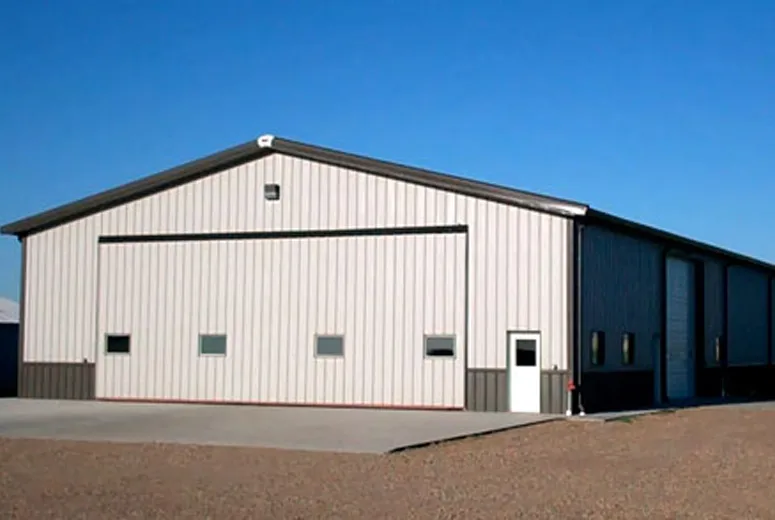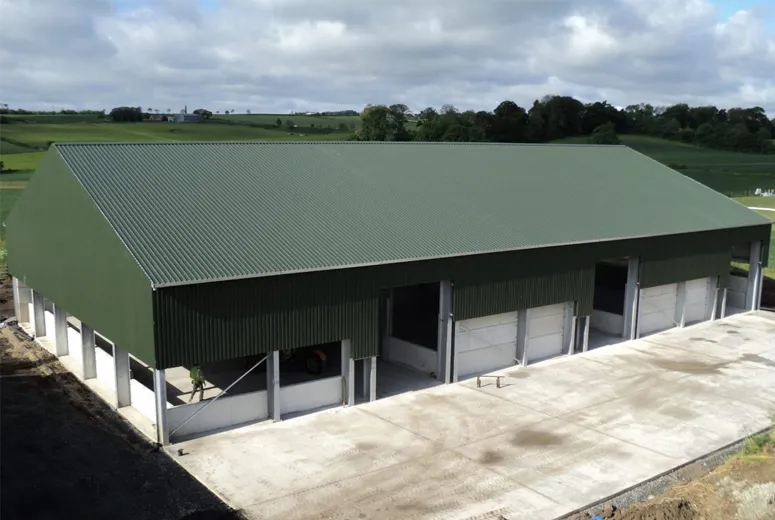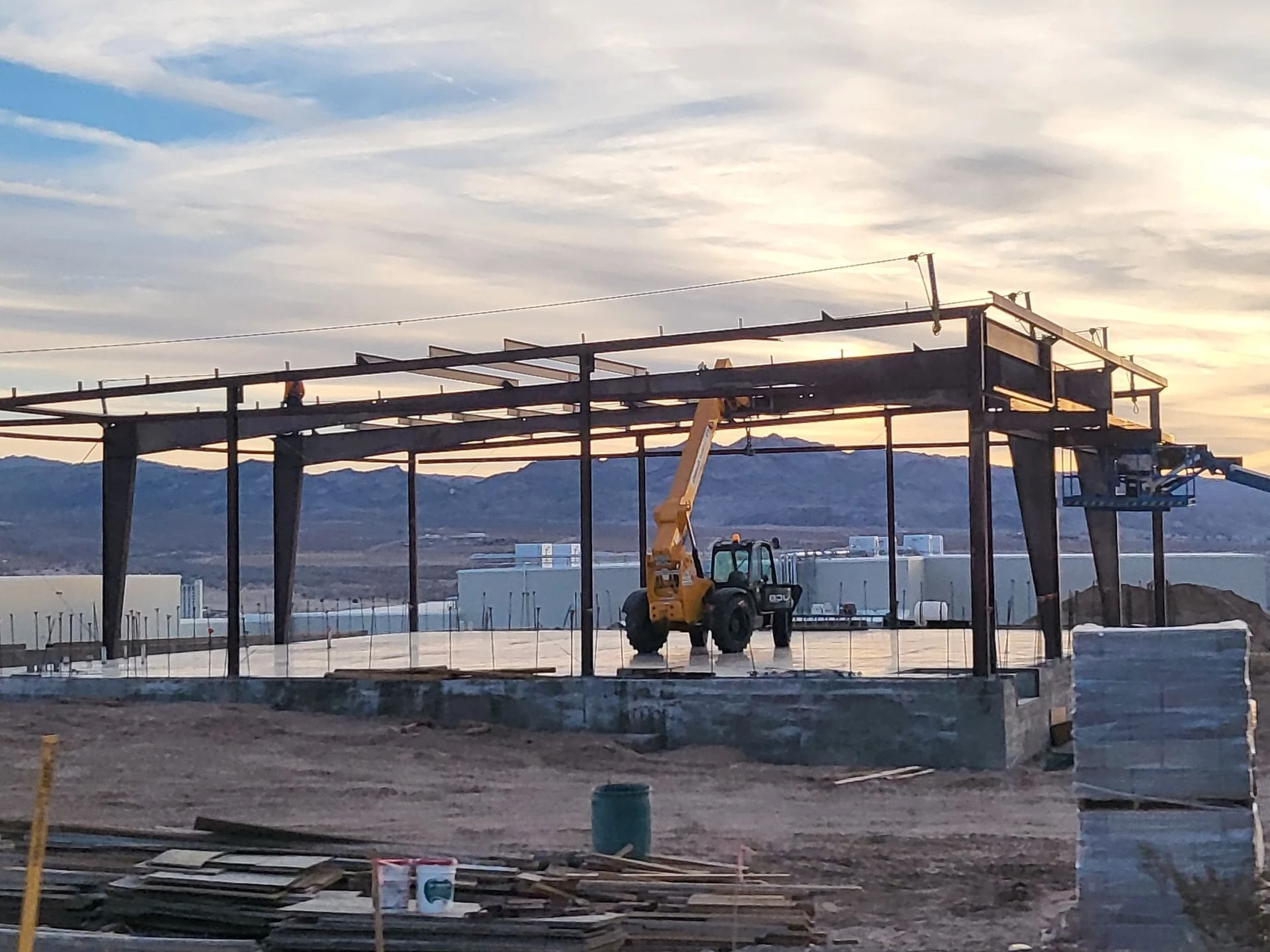WhatsApp:
+86-13363879800
Email:
warehouse@hongjishunda.com
- Afrikaans
- Albanian
- Amharic
- Arabic
- Armenian
- Azerbaijani
- Basque
- Belarusian
- Bengali
- Bosnian
- Bulgarian
- Catalan
- Cebuano
- Corsican
- Croatian
- Czech
- Danish
- Dutch
- English
- Esperanto
- Estonian
- Finnish
- French
- Frisian
- Galician
- Georgian
- German
- Greek
- Gujarati
- Haitian Creole
- hausa
- hawaiian
- Hebrew
- Hindi
- Miao
- Hungarian
- Icelandic
- igbo
- Indonesian
- irish
- Italian
- Japanese
- Javanese
- Kannada
- kazakh
- Khmer
- Rwandese
- Korean
- Kurdish
- Kyrgyz
- Lao
- Latin
- Latvian
- Lithuanian
- Luxembourgish
- Macedonian
- Malgashi
- Malay
- Malayalam
- Maltese
- Maori
- Marathi
- Mongolian
- Myanmar
- Nepali
- Norwegian
- Norwegian
- Occitan
- Pashto
- Persian
- Polish
- Portuguese
- Punjabi
- Romanian
- Russian
- Samoan
- Scottish Gaelic
- Serbian
- Sesotho
- Shona
- Sindhi
- Sinhala
- Slovak
- Slovenian
- Somali
- Spanish
- Sundanese
- Swahili
- Swedish
- Tagalog
- Tajik
- Tamil
- Tatar
- Telugu
- Thai
- Turkish
- Turkmen
- Ukrainian
- Urdu
- Uighur
- Uzbek
- Vietnamese
- Welsh
- Bantu
- Yiddish
- Yoruba
- Zulu
کانوونی دووەم . 23, 2025 05:52 Back to list
Steel Freight Warehouse Solutions
Agricultural farm buildings stand as the backbone of any successful farming operation, providing essential infrastructure and support for various farming activities. From traditional barns to state-of-the-art storage silos, these structures ensure that processes like livestock management, crop storage, and equipment housing are both efficient and sustainable. The following sections delve into the different types of agricultural buildings, their benefits, and how they enhance modern farming practices.
Poultry houses also stand as a testament to modern agricultural practices, designed with precision to regulate environmental factors crucial for animal welfare. Experts have developed systems that ensure appropriate ventilation, heating, and cooling, necessary for optimum poultry production. Effective use of sensors and IoT devices allows for real-time monitoring and management, establishing higher standards for productivity and ethical farming. Trust in agricultural farm buildings stems from centuries of evolution, integrating traditional practices with modern technology to establish credibility and reliability. Their strategic design and construction underscore their reliability, ensuring they meet the ever-growing demands of food safety and production. Farmers are increasingly turning to expert designers and builders familiar with agricultural requirements to create buildings that resonate with sustainability and efficiency. Beyond their functional benefits, these structures hold a significant place in the farming community as symbols of resilience and innovation. By embracing advanced building methods and materials, farmers position themselves at the forefront of sustainable agriculture, illustrating a commitment to future generations. The relationship between farm buildings and productivity is not merely supportive but symbiotic, collectively evolving to create a thriving agricultural environment. In conclusion, agricultural farm buildings embody a synergy between past and present, leveraging expertise, authority, and trust to foster effective farming operations. They reflect the ever-evolving landscape of agriculture, balancing traditional roles with modern functionalities. As farming continues to embrace technological advancements, these structures will undoubtedly remain vital to ensuring sustainability and profitability, fortifying the agricultural industry for years to come.


Poultry houses also stand as a testament to modern agricultural practices, designed with precision to regulate environmental factors crucial for animal welfare. Experts have developed systems that ensure appropriate ventilation, heating, and cooling, necessary for optimum poultry production. Effective use of sensors and IoT devices allows for real-time monitoring and management, establishing higher standards for productivity and ethical farming. Trust in agricultural farm buildings stems from centuries of evolution, integrating traditional practices with modern technology to establish credibility and reliability. Their strategic design and construction underscore their reliability, ensuring they meet the ever-growing demands of food safety and production. Farmers are increasingly turning to expert designers and builders familiar with agricultural requirements to create buildings that resonate with sustainability and efficiency. Beyond their functional benefits, these structures hold a significant place in the farming community as symbols of resilience and innovation. By embracing advanced building methods and materials, farmers position themselves at the forefront of sustainable agriculture, illustrating a commitment to future generations. The relationship between farm buildings and productivity is not merely supportive but symbiotic, collectively evolving to create a thriving agricultural environment. In conclusion, agricultural farm buildings embody a synergy between past and present, leveraging expertise, authority, and trust to foster effective farming operations. They reflect the ever-evolving landscape of agriculture, balancing traditional roles with modern functionalities. As farming continues to embrace technological advancements, these structures will undoubtedly remain vital to ensuring sustainability and profitability, fortifying the agricultural industry for years to come.
Latest news
-
Innovative Steel Structure Building Solutions
NewsMay.19,2025
-
Innovative Prefab Metal Shed Solutions
NewsMay.19,2025
-
Durable Steel Horse Shelter Solutions
NewsMay.19,2025
-
Durable Metal Shed Solutions
NewsMay.19,2025
-
Durable Big Metal Shed Solutions
NewsMay.19,2025
-
Durable Barn Red Metal Building Solutions
NewsMay.19,2025
Products categories
Our Latest News
We have a professional design team and an excellent production and construction team.












